1. Sloppy Joes
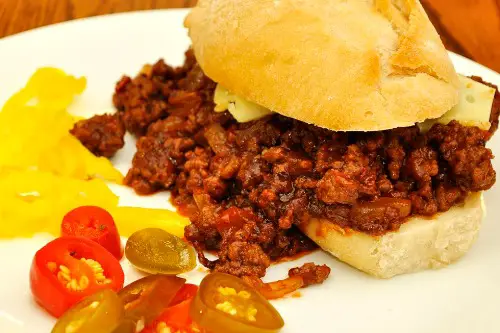
Ground beef, tomato paste, and a whole lot of sugar—Sloppy Joes have been a sticky mainstay since the 1950s. They’re easy to prepare in bulk and make use of cheaper ground meat, which keeps budgets happy. Most students either love them or leave them half-eaten with the bun falling apart. Either way, they’re not going anywhere.
Cafeterias cling to Sloppy Joes because they hit that nostalgia nerve hard. Adults remember them from their school days, and some kids actually enjoy the sweet-savory mess. They’re also a forgiving dish—there’s room for leftovers, substitutions, and stretch ingredients. As long as there’s a ladle, Sloppy Joes will be on the menu.
2. Tater Tots
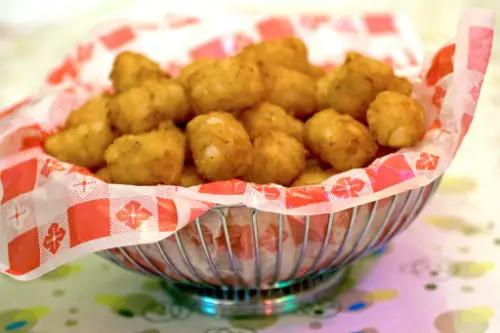
These crispy little potato nuggets are nearly universal in American cafeterias. They’re easy to bake, kid-friendly, and they travel well in a steam tray. Plus, they’ve got the golden-brown crunch that makes them more appealing than soggy fries. When fresh, they’re actually kind of great—when they’re not, you still eat them.
Tater Tots hang on because they check all the boxes: cheap, comforting, and impossible to really mess up. You’ll find them in school lunches, hospital meals, and prison trays alike. They’re the ultimate sidekick to burgers, nuggets, or literally anything else. No matter what, they’ll always find a way to your plate.
3. Mystery Meat
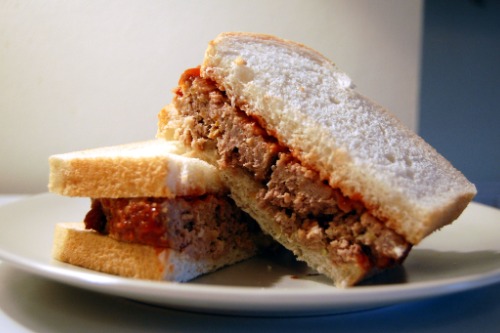
You know the one—it comes in an oblong slice, maybe it’s beef, maybe pork, and it’s always smothered in a vaguely brown gravy. Mystery meat has been a cafeteria staple for decades, largely because it’s cost-effective and can be made from whatever protein scraps are available. Schools and institutions still serve it because it’s cheap, easy to mass-produce, and can be disguised with sauces. Even if no one’s asking for seconds, it always manages to show up on the tray.
The name “mystery meat” alone tells you all you need to know. It symbolizes the old-school cafeteria experience, complete with compartment trays and questionable nutrition. Nutritional reforms haven’t quite kicked it out because technically, it meets protein requirements. Still, it’s a meal more remembered than enjoyed.
4. Chicken Nuggets
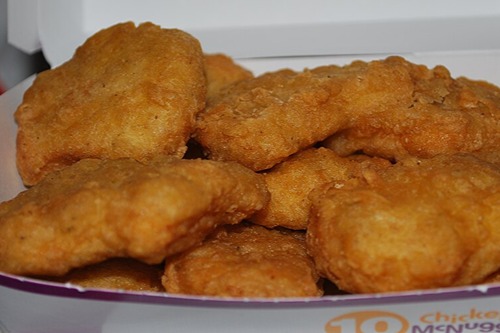
They’re the crown jewel of cafeteria food, even when they’re more breading than chicken. Nuggets persist because they’re adored by kids, tolerated by adults, and near-impossible to screw up in bulk. They’re also fortified with just enough protein to keep them nutritionally viable. Plus, you can dip them in anything—ketchup, ranch, honey mustard—making them endlessly customizable.
Cafeterias keep these on the menu because they rarely get complaints. They’re portion-controlled, easy to reheat, and consistent in taste. Even with all the talk of processed food reform, nuggets survive thanks to sheer popularity. It’s the one thing on the tray almost guaranteed to disappear.
5. Canned Green Beans
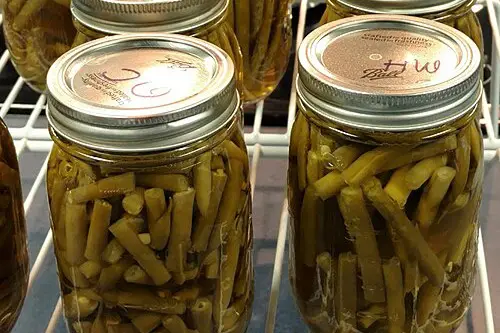
They’re limp, grayish, and occasionally squeaky against your teeth—yet here they are, still rolling out onto trays nationwide. Canned green beans are shelf-stable, easy to heat, and fulfill the “green vegetable” requirement. Schools can buy them in massive #10 cans for pennies a serving. They may not be loved, but they’re definitely tolerated.
They stick around because fresh or frozen options can be too pricey or spoil too quickly. Plus, these beans don’t need seasoning or much effort—they’re literally a heat-and-serve deal. Some places try to jazz them up with bacon bits or onions, but that’s rare. At the end of the day, they’re reliable if uninspired.
6. Fish Sticks
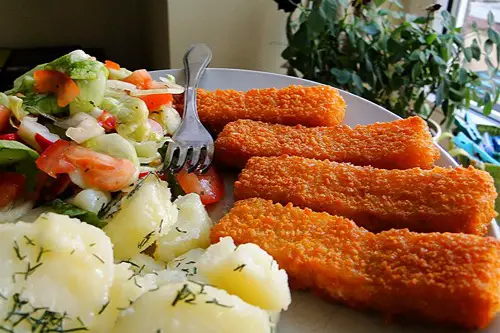
Usually served on Fridays, fish sticks are a cafeteria’s nod to both tradition and dietary guidelines. They’re made of processed white fish, coated in breadcrumbs, and usually overcooked to oblivion. But they’re a low-cost seafood option that meets USDA requirements. Even if they get soggy in the steamer tray, they’re still a fixture.
Fish sticks endure partly because they’re easy to serve during Lent for students who observe. They’re also one of the only seafood items that are cheap and kid-approved. Nutrition-wise, they add variety to protein offerings, even if the quality is questionable. Like them or not, they’re not going extinct anytime soon.
7. Pizza Squares
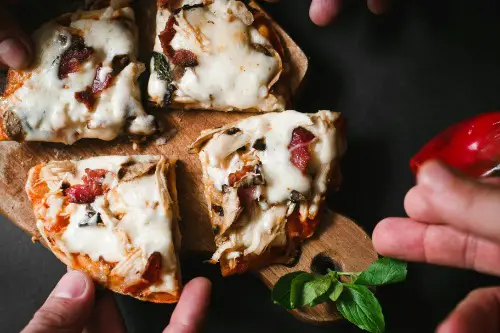
Rectangular, overly chewy, and topped with what seems like rubber cheese, these are cafeteria pizza at its most iconic. Yet they’re still served nearly everywhere because they’re cheap, filling, and wildly popular. Some schools have upgraded to more artisanal options, but the old-school version persists. It’s more memory than meal at this point, but it still gets eaten.
Pizza squares make sense for bulk serving because they’re easy to portion and stack. They can be made in huge sheet pans, sliced evenly, and topped with whatever is around. And honestly, even mediocre pizza is still pizza. That’s reason enough for it to keep its place in the rotation.
8. Mac and Cheese (from a can or box)
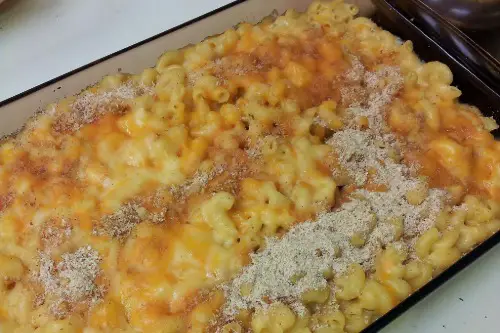
Creamy in theory, gluey in practice—cafeteria mac and cheese is usually made from powdered or canned sauce. It’s clung to menus because it’s comfort food, and it’s incredibly cheap to make. Kids recognize it, even if it doesn’t resemble what they eat at home. It also works well as a vegetarian main or carb-heavy side.
Bulk preparation means nutrition often takes a back seat to cost and texture. But because it’s soft, bland, and easy to digest, it fits all age ranges. Even when it tastes suspiciously metallic, it still finds fans. Like it or not, mac and cheese is here to stay.
9. Meatloaf
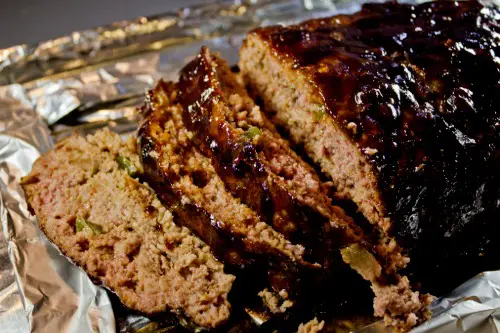
Usually a dense slice of beef (or beef-adjacent material) with a ketchup glaze, cafeteria meatloaf is a relic that won’t fade. It shows up because it’s easy to mass-produce and uses cheap ground meat. Even better, you can bulk it out with breadcrumbs, oats, or filler to stretch a budget. That makes it irresistible to institutions trying to feed hundreds on a dime.
Despite its dry reputation, it’s actually nutritionally efficient—high in protein, easy to portion, and fairly low-waste. The ketchup topping gives it a sweetness that appeals to younger diners. Still, it’s more survival food than celebration. If you see it on a tray, you know someone was thinking about cost before taste.
10. Salisbury Steak
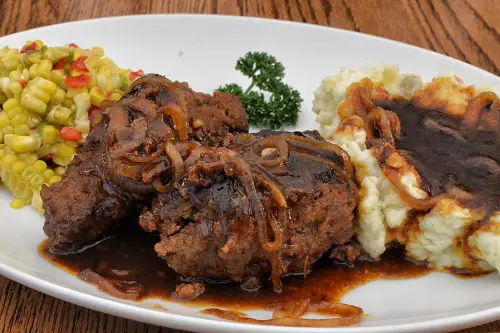
Think hamburger patty drowned in brown gravy and you’ve nailed the Salisbury steak experience. Cafeterias keep it alive because it sounds fancy even when it’s not. It’s one of those dishes that gives the illusion of sophistication without any of the effort. You’ll usually find it nestled next to mashed potatoes—also instant, of course.
It lives on in part due to its heritage—it dates back to attempts to create a more “healthful” beef dish in the early 1900s. And it fits cafeteria needs perfectly: cheap meat, smothered sauce, mass production. Kids rarely know what it is, but adults remember it from their own lunch lines. That loop of familiarity keeps it coming back.
11. Grilled Cheese (with processed cheese)
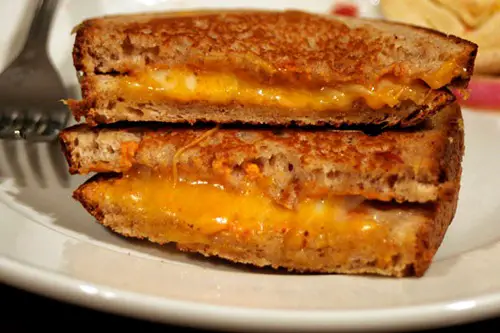
Two slices of white bread, a slab of processed cheese, and a grill—or sometimes just a microwave. Cafeterias love this meal because it’s meatless, fast, and universally recognized. It’s also extremely inexpensive to make, especially using commodity cheese. Add a cup of tomato soup and you’ve got a comfort combo.
It endures because it can easily be modified for dietary restrictions. It’s soft, simple, and satisfies picky eaters without complaints. Even though the cheese is more plastic than dairy, it melts predictably and safely. As long as there’s bread and heat, grilled cheese will survive.
12. Chicken Patty Sandwiches
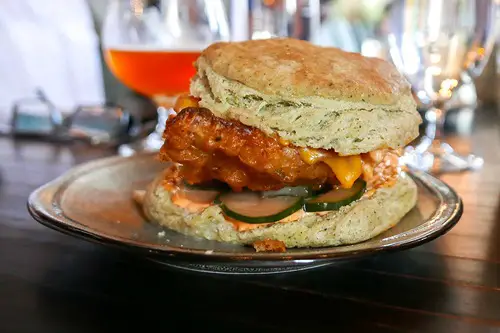
The chicken patty sandwich is basically the cafeteria’s answer to fast food. It’s a breaded chicken disk slapped on a bun, sometimes with lettuce if you’re lucky. Served with mustard or mayo, it mimics a Chick-fil-A experience—if that experience had been sitting under a heat lamp for 45 minutes. But it’s easy to love and even easier to keep in stock.
These sandwiches are easy to store frozen and reheat quickly, which makes them perfect for high-volume lunchrooms. They’re also hearty enough to count as a full entrée on their own. For kids, it’s familiar and edible; for staff, it’s low effort and reliable. That combination means they’re not going anywhere soon.
13. Mashed Potatoes (instant, of course)
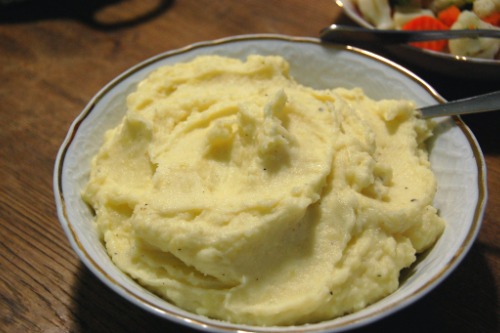
If you’ve ever scooped mashed potatoes that held their shape like ice cream, you’ve met the instant version. Cafeterias rely on them because they’re made from dehydrated flakes, just add water, and they’re ready to go. They’re dirt cheap, shelf-stable, and make every plate look just a bit more “home-cooked.” Never mind that they taste like wet drywall.
They persist because no real potatoes means no peeling, boiling, or mashing—just a scoop and serve. They soak up gravy like a sponge, which helps sell the meatloaf or Salisbury steak. And when piping hot, they’re almost convincing. Until that first bite reminds you otherwise.
14. Jell-O Cups
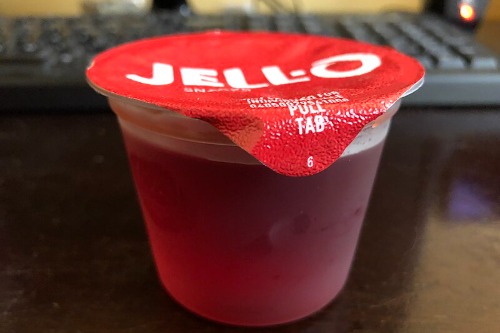
Wiggly, bright-colored, and sometimes served with a dollop of fake whipped cream, Jell-O cups are dessert for the efficiency-minded. They’re easy to prepare in bulk or buy pre-packaged, making them perfect for institutions. Plus, they meet the USDA fruit requirement if you toss in a canned cherry or two. That technicality alone keeps them in circulation.
Jell-O’s appeal isn’t just nostalgia—it’s digestibility, shelf life, and cost. It’s also one of the few items that doesn’t need reheating or special handling. Kids still find the texture fun, and adults mostly ignore it. But as long as there’s gelatin and food dye, cafeteria trays will jiggle on.
This post 14 Things Still Served in U.S. Cafeterias That Refuse to Die was first published on American Charm.


